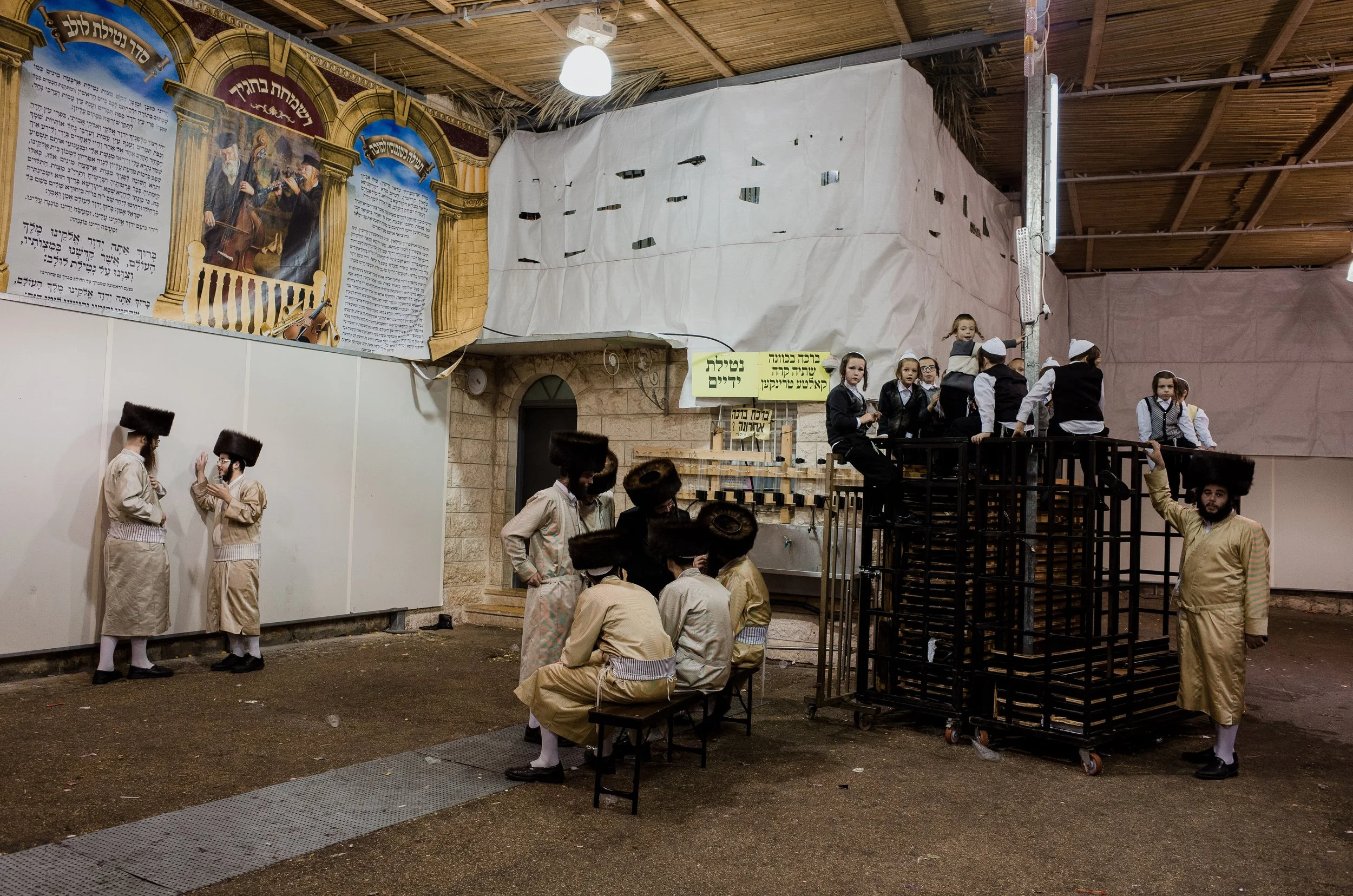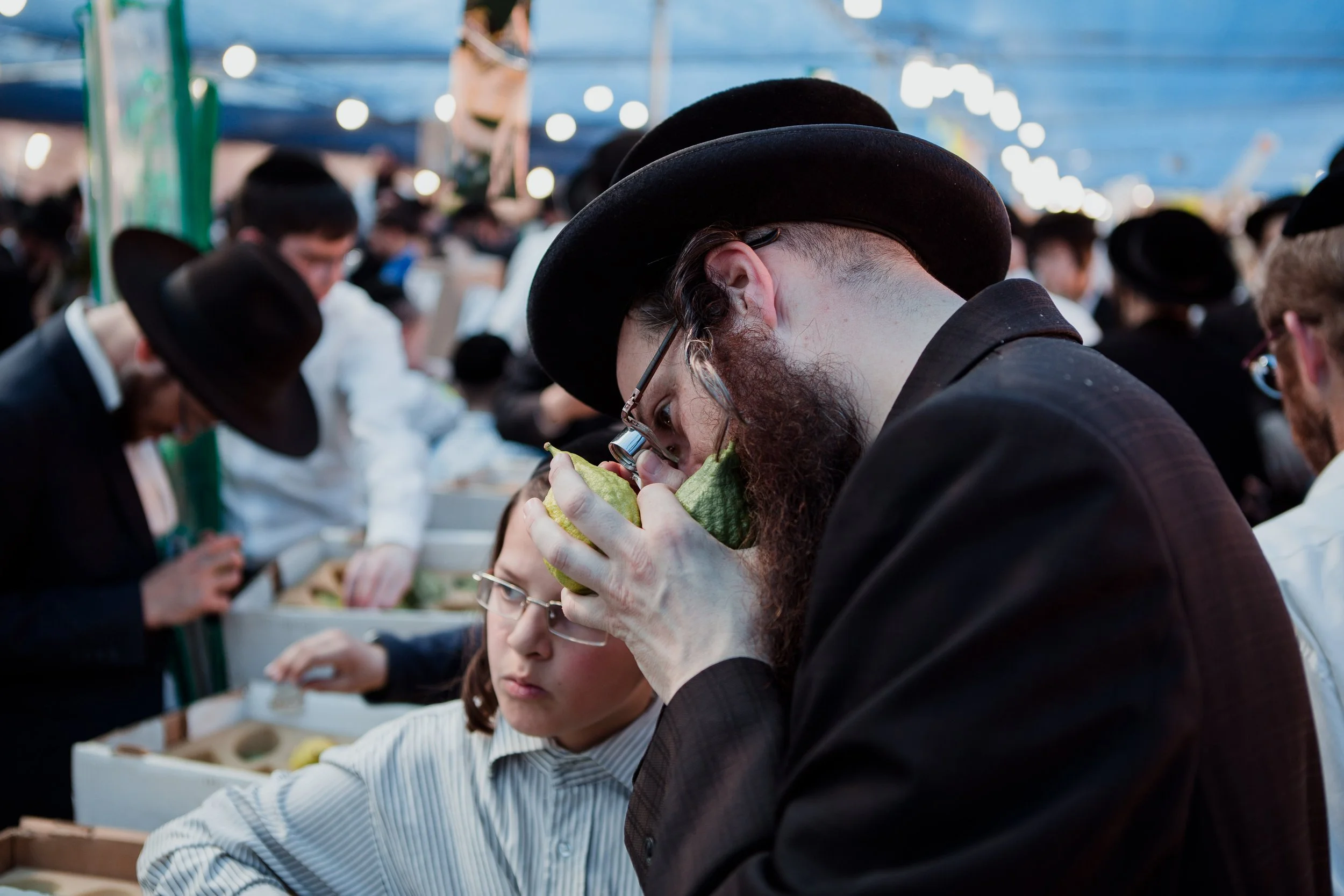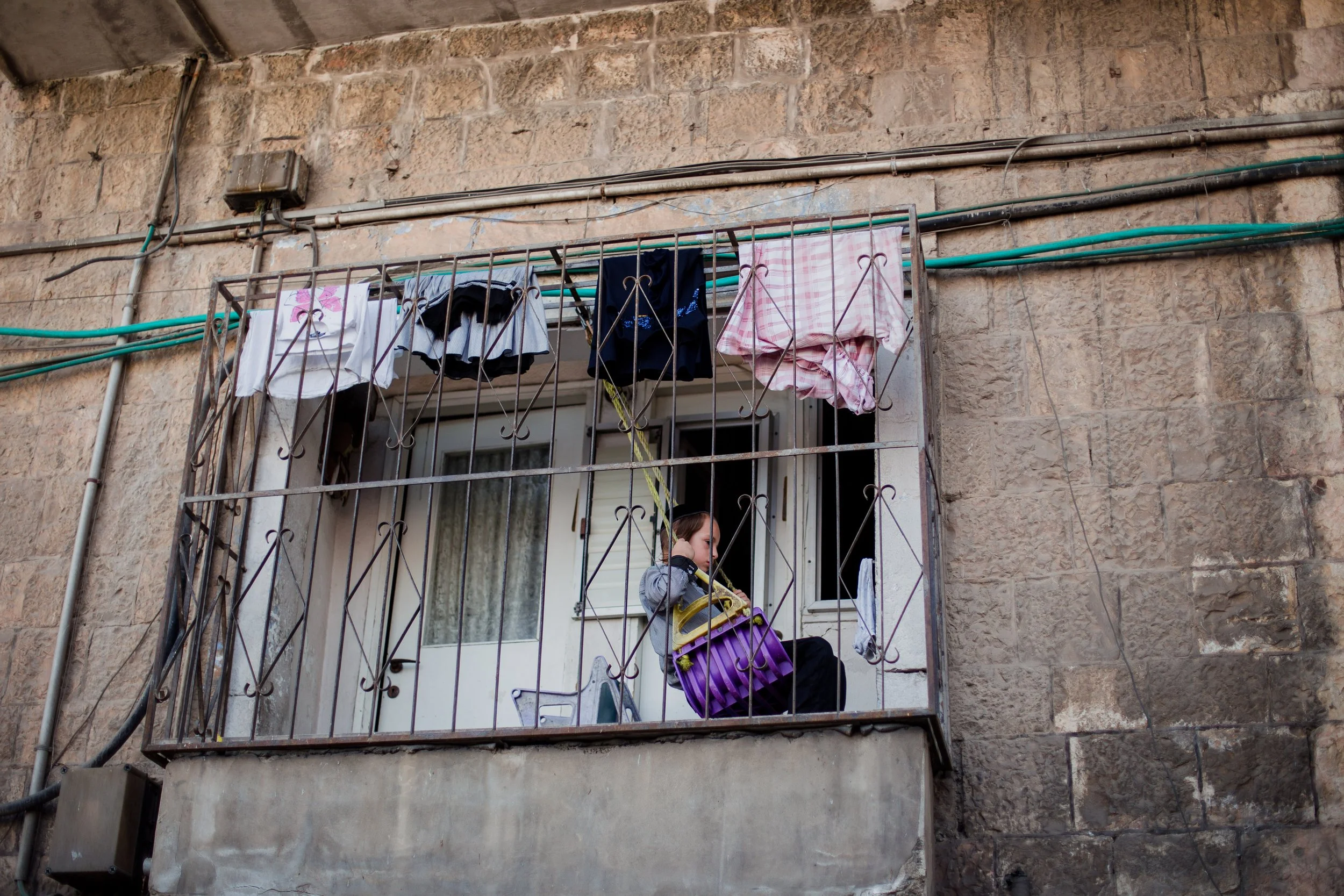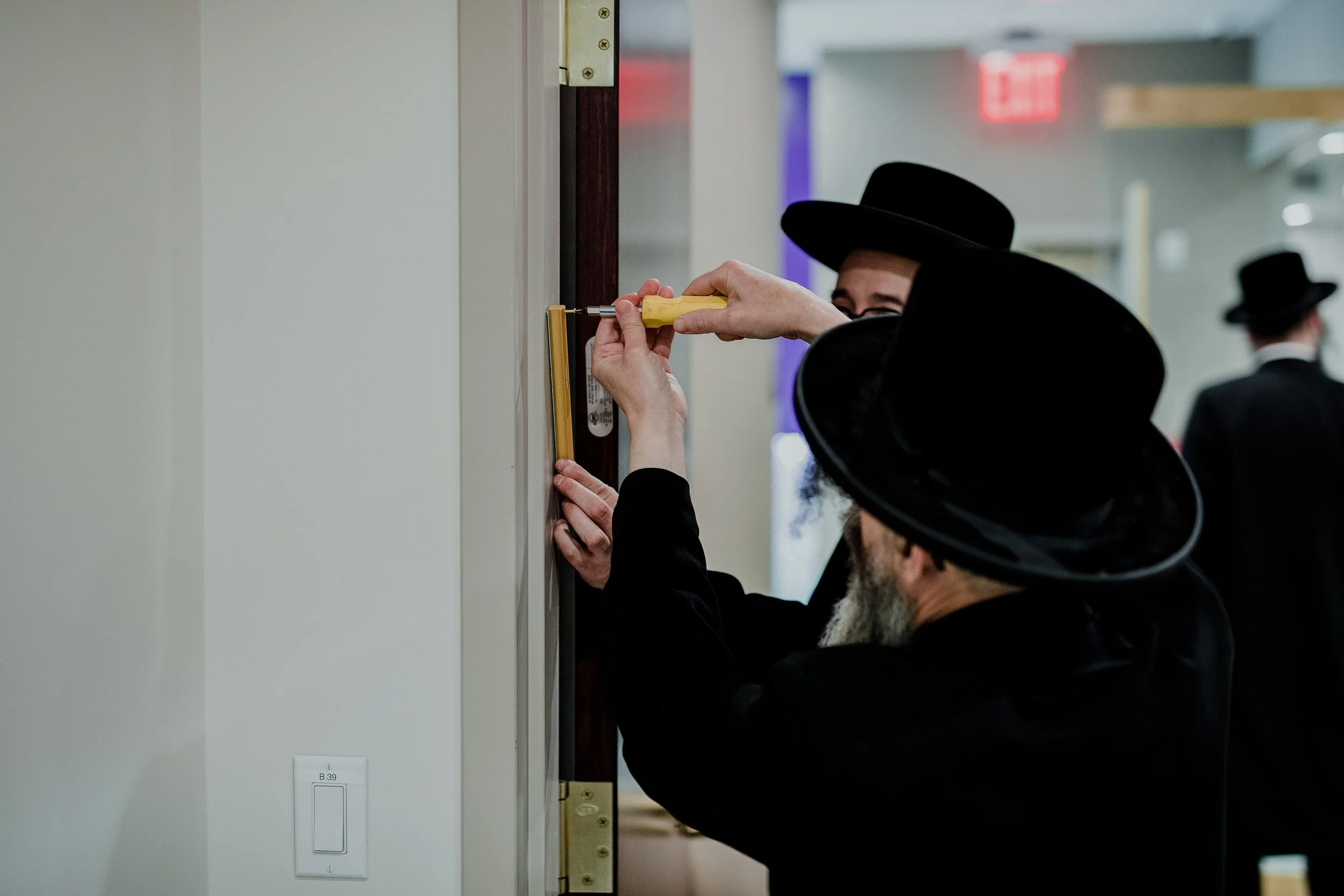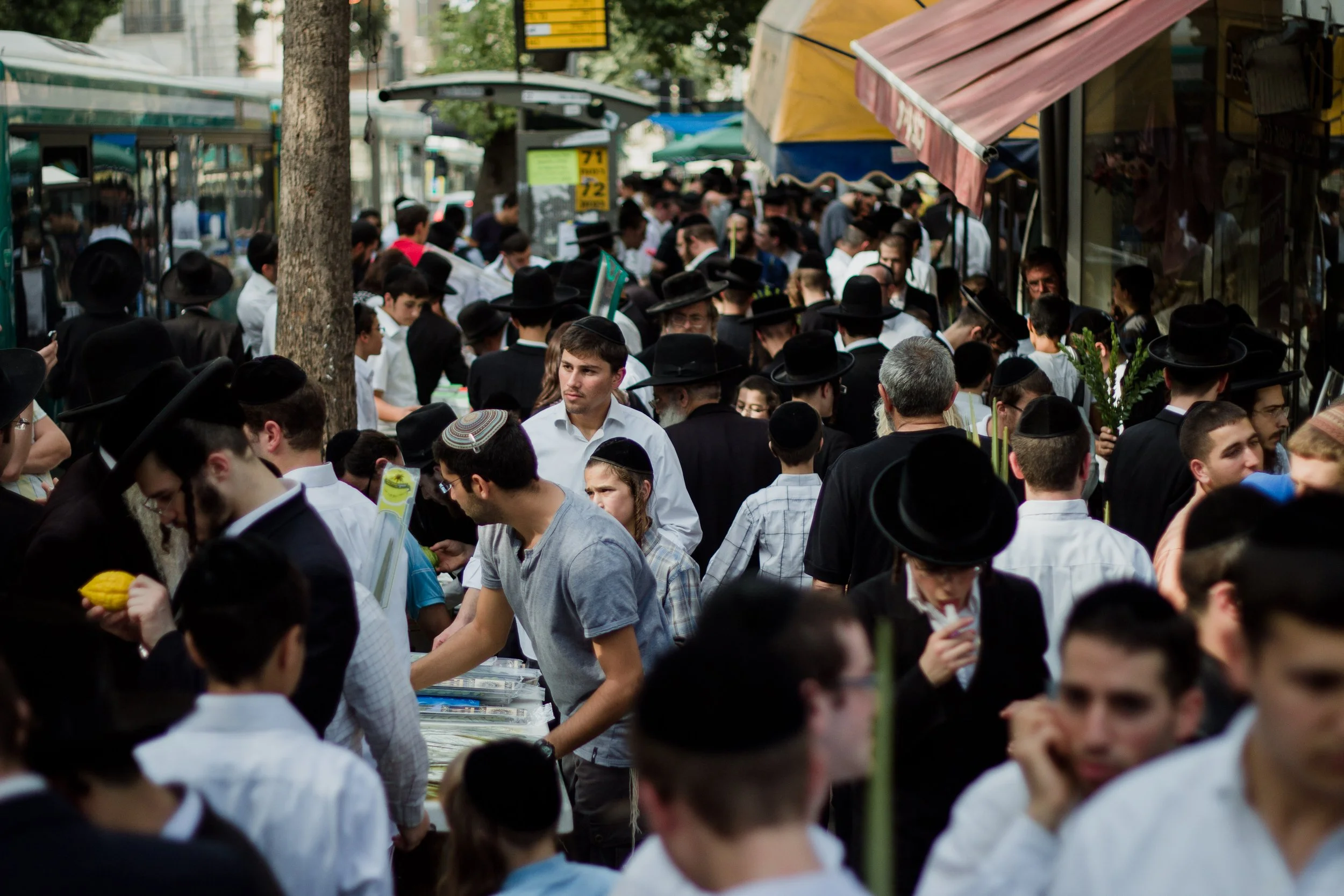Is Orthodox Judaism a Cult? A BITE Model Analysis
We recommend that you begin by watching this video:
When we say the word “cult” what we mean is that this group is controlling to the degree that it is abusive.
We mean cult. We don’t mean ‘cult like.’ We are saying that OJ and Scientology, though they have different philosophies and customs, are ultimately the same kind of group.
For additional reading on what a cult can look like without religion, see What is a Cult?
The word “cult” does not have an exact definition. Instead, what we have are observations of characteristics that cults share. What we have are checklists of cult characteristics. There is a spectrum, and the more characteristics a group meets, the more it starts to look like a cult. A group does not have to meet every single characteristics to be a cult, but it will meet most of them. These methods of control work together to create a controlling system. The checklist we are using is cult expert Steven Hassan’s BITE Model of Control (BITE: Behavior, Information, Thought, and Emotional control). We will compare every item on the checklist to Orthodox Judaism.
Behavior:
Does following Orthodox Judaism dictate where and with whom a member lives or associates? In order to have a minyan, access to kosher food, and access to a mikvah, members are compelled to live near each other, so we say yes.
Does Orthodox Judaism dictate when, how or with whom its member have sex? Yes, to all of the above. The halachos of negiah, yichud, and niddah are some examples of the lifelong control Orthodox Judaism holds over its members’ sexuality.
Does Orthodox Judaism require and forbid certain clothing for its members? Yes, including multiple rules and customs regarding tznius, yarmulkes, sheitals, and “appropriate” styles, for women especially, but also for men. It’s not just that if you don’t wear what everyone else is wearing, you won’t “fit in.” If you don’t wear the expected/allowed/required/permitted clothing, you and your families may not find a shidduch, and your piety is also tied to the clothing you wear. For example, how many inches of hair showing at a woman’s hairline might tell you how “frum” she is.
Does Orthodox Judaism regulate the way its members eat, when they eat, what they eat? Yes, in detail. For example: kashrus–which dictates what, how, and when to eat, and the order of food to be eaten. Brachos–saying a particular sentence before putting anything in your mouth, and memorizing detailed lists of which sentences to say before eating which things. Some are taught that without saying a bracha they are literally “stealing” food from god. There is a rule that you need to dip your dishes in rainwater or you are not allowed to use them. There are fast days where you are forbidden from brushing your teeth. There are even rules preventing members from drinking or eating with outsiders “mevushal.”
In Orthodox Judaism, is there a lot of financial exploitation, with pressure on members to spend money in order to remain in good standing with the group? We say yes, for example, kosher meat, private school, lulav and esrog, and a shul membership. You are also required to give 10% of your money to “tzedaka”, which may include yeshivos, shuls, and kiruv organizations.
Does Orthodox Judaism restrict entertainment? Yes, for example, to only frum or only “appropriate” entertainers. Many frum communities restrict access to secular/out-group entertainment, though there is a large spectrum on this issue. Examples of what might be restricted in a frum community include television, movies, books, music and the internet. There is also an organized effort within Orthodox Judaism to produce their own “kosher” entertainment, developed by members of the group with group standards and beliefs in mind.
In Orthodox Judaism, is a large amount of time spent doing group rituals? Yes, for example, the practice of minyan. Men are required to pray together in a group, holding each other accountable to the group.
In Orthodox Judaism, is permission required for major decisions? Yes, and hence the phrase “ask your local Orthodox rabbi.” An example of a major decision requiring permission is when one can use birth control.
Are rewards and punishments used to modify behaviors in Orthodox Judaism? We say yes, this is literally schar v’onesh, a tenet of frum belief.
In Orthodox Judaism, are there rigid rules and regulations? Yes, for example, the three generally agreed upon basic requirements to be considered an Orthodox Jew include hilchos shabbos, kosher, and niddah, three systems of very rigid and restrictive sets of laws. One specific example is: You must have 3 walls to your sukkah for it to be kosher. The schach must have a particular required visibility. It’s not just “build a tent and hang out there for a week,” it’s much more rigid and regulated than that.
If someone wishes to leave Orthodox Judaism, is a separation of their family a threat that keeps them inside the group? Yes. See, for example, any forum or discussion group for former members. There is even a culture of “hidden heretics,” or people who would leave the organization, but remain due to fear of losing their families. Though there may be some families that would accept a former member, the existence of this “hidden heretics” phenomenon shows the prevalence of family separation within the group.
The Behavioral Control section also references kidnapping, rape, murder and corporal punishment. Orthodox Judaism does not meet those particular criteria of the BITE Model. We want to acknowledge survivors of corporal punishment in yeshivas, sexual abuse by rabbis and coverups by the community, and similar issues – we are not trying to whitewash your experiences or say they didn’t happen. We are only saying those acts are not required to be an Orthodox Jew, and that the broader Orthodox Jewish community does not encourage these behaviors.
Information:
Do the leaders of Orthodox Judaism lie or distort information? We believe most leaders are simply teaching what they themselves believe. We believe a great deal of the information they are teaching is false, or at least impossible to prove. It is clear to us, however, that distortion is commonplace within Orthodox Judaism. Examples of distortions include: “all goyim secretly hate us” and “frum families are happier than not frum families.”
Do the leaders of Orthodox Judaism minimize or discourage access to outside sources of information? Yes. Including books, movies, music and of course, famously, the Internet. The internet asifa is a perfect example. Kosher phones are another example.
Are members of Orthodox Judaism discouraged from talking to former members? Yes, if the discussion pertains to “apikorsos”, it’s an aveira.
Does the leadership of Orthodox Judaism encourage spying, and reporting bad behavior? This one is a little harder to see, but we believe yes. The community has its eyes on you at all times. While there is no one leader to report “bad” behavior to, there is the ever-present eyes of the shidduch system. The community is always spying on its own members for the community, to keep them in line.
Does Orthodox Judaism keep members busy so that they don’t have time to question? Yes, with rules and regulations affecting every bite of food that goes in their mouths, minyan three times a day, large families and a shabbos celebration every week, members are very, very busy.
Thought:
Does Orthodox Judaism have its own “map of reality” that members are encouraged to accept? Yes, to do as many mitzvos as possible for greater reward and pleasure in the world to come. “This world is only a corridor”. “This life is just a test”. Members are told that they are the chosen people who are god’s special children separate and different from all other humans.
Are frum people taught to organize into an “us vs. them”? Yes, for example, seeing non orthodox Jews as tinok shenishbas, or not-yet-frum, and all non Jews as inherently different than us, with all of them represented as hating us “Eisav soneh es Yaakov.”
Is the name of a person who becomes frum or converts into Orthodox Judaism changed? Usually, yes. Additionally, if a frum child wants to use their “English” name how is that generally received? Generally, not well. “Group”/Hebrew names are preferred by the group.
Is the language of the frum world filled with pat phrases that are thought terminating cliches, which isolates members by causing them to speak differently than people outside the group? Yes. Examples: Baruch hashem. Im yertzah hashem. Bli eyin hara. In fact, some orthodox groups in New York City don’t teach their children English.
Does Orthodox Judaism encourage only “good thoughts”? We argue yes, with the concept of machshava k’maaseh, and the idea that hashem can hear your thoughts.
Are thought-stopping techniques that prevent negative or critical thoughts taught in Orthodox Judaism? Yes. Here are some examples: denial (“that New York Times article is full of lies”), rationalization (“that person is just traumatized”), justification (“the community is right to keep children from their off the derech parent, because it is better for the children”), wishful thinking (“one day soon moshiach will come and we won’t have to deal with these problems”). Additional thought stopping techniques include: prayer, chanting and shuckling.
Does Orthodox Judaism reject rational analysis, critical thinking or constructive criticism? Many in the group would say “no, the frum world encourages asking questions.” While that is true, those questions must always be within the framework of the ideology. It is a different thing entirely to ask an orthodox jewish rabbi or morah an unwanted question, an unsanctioned question. Imagine saying in a frum classroom “What if I don’t believe in the torah?”
Emotional:
Does Orthodox Judaism manipulate and narrow the range of emotions—some emotions and/or needs being deemed evil, wrong or selfish? Yes. As seen above, some emotions, such as anger, are forbidden, and others, such as happiness, the members are actually commanded to feel (ivdu es hashem b’simcha.)
Does Orthodox Judaism manipulate its members to feel that problems are always their own fault, never the leader or group’s fault? This is complicated, but we give it a qualified yes. For example, there is no real option as a frum person to say, “it’s not my fault, Hashem or frumkeit is to blame for my problem.” Additionally, when there are tragedies in the community, the response of leadership is often to tell members to be more modest or talk less during davening. In many orthodox Jewish schools, the children are taught that the Holocaust happened due to assimilation. While this is not everything and not all the time, it is a feature that is prominent is orthodox Jewish life.
Does Orthodox Judaism promote feelings of guilt? Yes. Examples: “Our ancestors were in the Holocaust, is this how you honor them?” “How can you go off the derech?” “How will your siblings get a shidduch?”
Are there extreme emotional highs and lows within Orthodox Judaism, where you are told you are loved but also then declared a sinner? Yes. Example: ahava v’iryah, fear and love of Hashem in one breath. This is the ideal relationship with the leader according to the group.
Does Orthodox Judaism have ritualistic confession of sins? Yes, see under: Al chet shechatanu lifanecha. One caveat here is that public confession of individual sins is not part of Orthodox Judaism.
Is there phobia indoctrination in Orthodox Judaism? Are you taught to be afraid of the outside world? Is there no “legitimate reason” to leave in the eyes of the members? Might members be shunned for leaving? Are members taught to fear terrible consequences if they leave? Yes, we believe the answer to this is a strong yes. “All those OTD people nebach. So sad. A life without Torah is so meaningless and empty. They must have been really traumatized.”
A few additional points:
What is Halacha? It’s not just a suggestion or a guide. It is a system that contains rewards and punishments. It isn’t saying “keep shabbos and you will have a nice life,” it is saying “keep shabbos to bring Mashiach, and if you don’t you will be punished.” Many frum people will tell you the Torah doesn’t talk about hell, but ask most kids growing up in Orthodox Jewish communities if they heard about gehennom and the punishments of not being an ehrlicha yid. There are strict rules, and there are strict rewards and punishments. It may not be the focus of an Aish seminar, but it is commonly discussed in Bais Yaakov and Yeshiva. It’s what is taught, and it’s also what the books actually say: schar v’onesh.
Look at the BITE model. You can see by our estimation, Orthodox Judaism meets most of the criteria. What do you think?
There are other features of Orthodox Jewish life and belief that contribute to and strengthen the insularity and control of the community. The gender segregation has a powerful effect on the sexuality of the children growing up within the group, and on members who join, creating a high degree of control over their sexual and romantic lives. Erasure of women in the Orthodox Jewish media and educational materials creates a high degree of control over half the population, and creates a warped and misogynistic world view for the whole group. The manner in which Orthodox Jewish schools educate the children, particularly on the more right leaning side of the spectrum, creates a significant barrier to leaving the community by depriving them of the skills and knowledge to survive on the outside. The laws around divorce and “mamzerim” are so misogynistic that even the community itself calls women trapped by this system “chained.”
Left leaning communities within Orthodox Judaism sometimes attempt to make room for LGBT people, but we can see from the YU Supreme Court case that even the Modern Orthodox community authorities, considered by many to be the most left leaning in the Orthodox spectrum, are clear that they do not and will not accept LGBT people. If you are LGBT and you are in a more right leaning community within Orthodox Judaism, you may be subject to “reparative therapy,” or shunning. Additionally, another powerful feature of control includes the concept of “moser,” in which it is an unspeakable sin to snitch on a member of your group to an outsider, even when they are completely in the wrong. This concept often comes up in sexual abuse cases, but it is relevant across the board. As we can see in Scientology, it is a common feature in cults to prevent people from speaking negatively to outsiders about the group with some kind of threat of punishment.
These features are all layered on top of the criteria of the BITE model, most of which Orthodox Judaism clearly meets.
Response:
First of all, forcing women to cover their hair is oppressive regardless of whether they are Jewish or Islamic.
Secondly, this man implies that thinking something (in this case hair covering) is oppressive is not “open minded.” Open mindedness is a lovely liberal value, but that does not negate the question of whether the behavior in question is being coerced. Are frum women completely free to choose not to cover their hair? Is it a choice like any other? No. Their social standing, including marriage prospects, depend on this choice. Their eternal souls, they have been taught to believe, are tied to this action. That means it’s not a free choice. It’s not about open mindedness. It’s about coercion.
Thirdly, this man says if you feel forced, you should find a way to do it by finding the meaning — in other words, you can’t stop doing it, so find a way to talk yourself into it.

